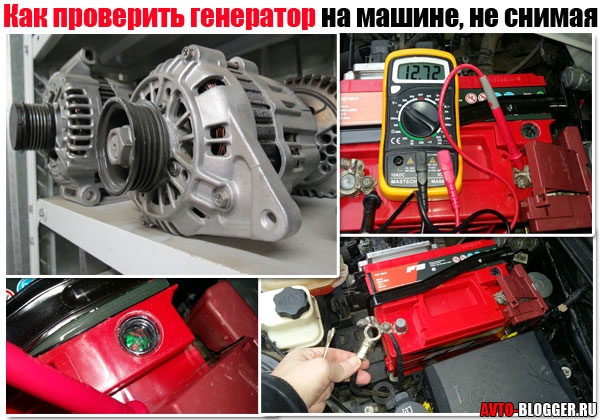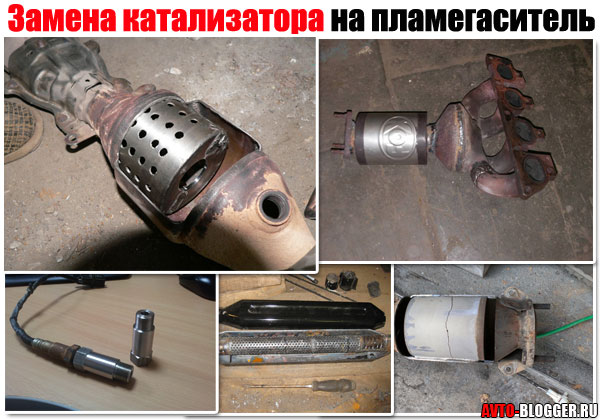
Replacing the catalyst with a flame arrester: the pros and cons
It has been known for a very long time how negatively automobile exhausts affect the state of the atmosphere. Somewhere since the beginning of the 2011s, toxicity standards for cars began to be introduced. Since XNUMX, it has become mandatory to equip the exhaust system with a catalytic converter and a particulate filter.
What is a particulate filter, we wrote in one of the previous articles on our website Vodi.su. Mentioned there and the catalytic converter. This element of the exhaust system is often referred to simply as a catalyst or converter. Car owners very often get rid of catalysts and particulate filters and put flame arresters in their place.
Why is this needed? What are the pros and cons of this modification? We will try to objectively consider these problems in today's material.
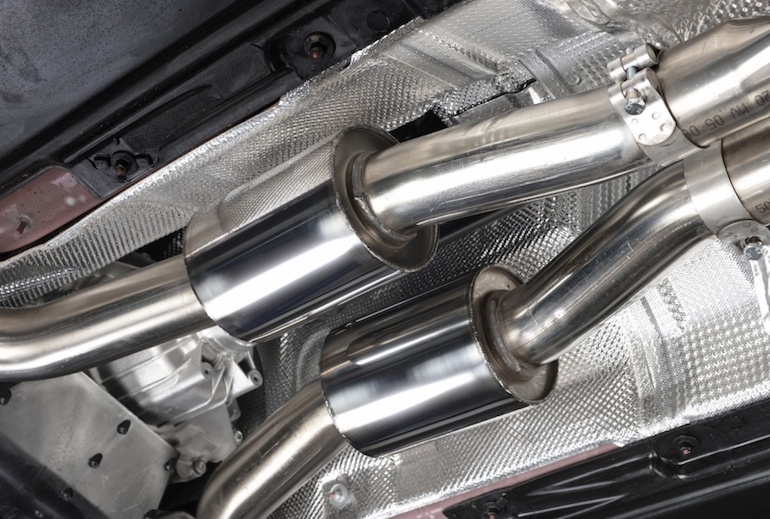
What is a catalyst?
The name speaks for itself. This part is designed to neutralize harmful chemical compounds that are present in large quantities in exhaust gases. Please note that the catalyst only cleans the exhaust of harmful gases, and soot particles settle in the particulate filter.
The catalyst itself is a stainless steel can, which is installed immediately behind the exhaust manifold exhaust pipe. In the context, we can see the following elements:
- ceramic filling in the form of honeycombs;
- heat-resistant gasket for protection against ultra-high temperatures;
- the active catalytic substance is non-ferrous metals: copper, nickel, gold, palladium, chromium, rhodium.
When the exhaust gases pass along the plates of these metals, the catalyst activates the chemical reactions of afterburning harmful components (carbon monoxide and its compounds). At the output, we get only carbon dioxide with soot particles that settle in the filter.
Already one description of this device is enough to understand that this thing is not cheap. If the catalyst comes in a twin housing with a particulate filter, then the price can reach 15-25 percent of the total cost of the vehicle.

Hence the conclusion suggests itself. Why change the catalyst to a flame arrester? Then, that few of the honestly working Russians can afford such a purchase. Of course, we all want the air to be clean and global warming does not come. But when for this you need to get at least 50 thousand hard-earned rubles out of your pocket, each of us will look for a cheaper option.
What is a flame arrester?
The flame arrester is a stainless steel tank, inside of which there is thermal insulation (which also acts as noise insulation) and a perforated pipe. The task of the flame arrester is to lower the temperature of the smoke coming out of the engine as much as possible and to absorb noise. That is, the flame arrester is the same resonator, but with the function of lowering the exhaust temperature.
There are three main types of flame arresters:
- active;
- passive;
- combined.
The former are used most often, as they absorb sounds due to the use of basalt mineral wool packing. In addition to the perforated pipe, several diffusers of various diameters are installed in passive dampers. The temperature and speed of the gases are reduced due to the fact that they bounce several times from the walls of the diffusers. This also reduces the noise level. Well, combined options combine two data types.
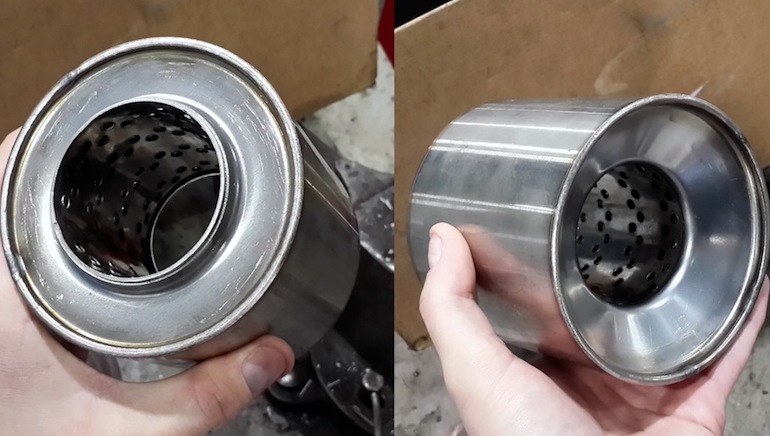
In addition, there are main flame arresters (they are not installed immediately behind the exhaust manifold, but in the exhaust pipe) and collector ones (they serve much less, since gases at a temperature of 450 degrees enter them immediately from the combustion chambers).
Benefits of Installing a Flame Arrester Instead of a Catalyst
The most important plus is clear to anyone who compared the cost of a catalyst and a flame arrester. Buying and installing the latter will cost 15-20 thousand. Among other advantages, we highlight:
- increased power;
- you can use gasoline with a lower octane number;
- the flame arrester does not get very hot, so there is no risk of spontaneous combustion.
Why is the power increasing? Because the catalyst creates a decent resistance in the path of the exhaust gases. The flame arrester is practically a hollow pipe through which gases pass freely.
The ceramic honeycomb of the catalytic converter could quickly become clogged with low octane gasoline fumes. For a flame arrester, this is not so dangerous, so you can still save on fuel. In addition, you can often hear from some drivers that due to the replacement of the catalyst, the engine will work out its life faster. This is not true at all. The engine, on the contrary, is better if the exhaust gases escape faster.
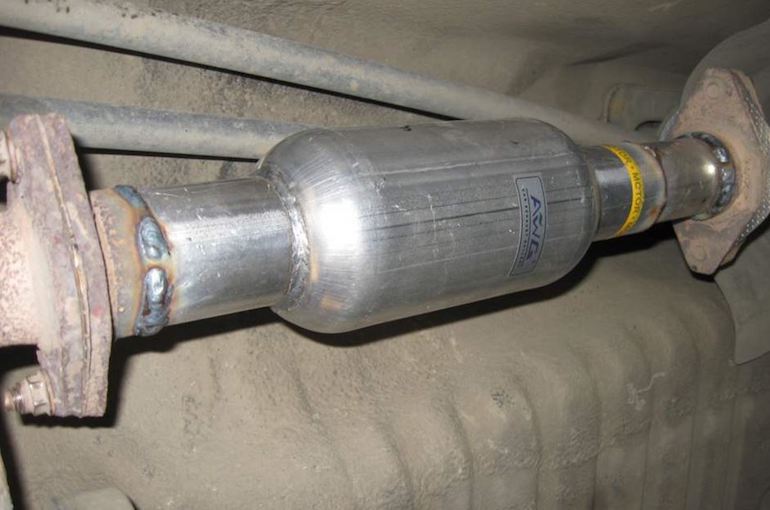
Disadvantages
There are also downsides. Firstly, in order to make a replacement, it is not enough just to cut one can and weld another instead. You also need to reflash the electronic engine control unit. To do this, you need to find a good specialist, otherwise the motor will work with serious interruptions.
Secondly, there are serious fears that soon in Russia, as well as in Europe, they will simply ban the use of vehicles of a standard below Euro-4. In the same Poland or Germany, you will no longer be able to call on a smoky "penny". This was especially felt by truckers making international flights - a truck can be deployed at the border.
Well, another drawback is a decrease in the service life of the entire muffler system. The flame arrester cannot reduce the speed of gases as much as the catalyst did, because of this, an additional burden will fall on the exhaust system. True, the resource will decrease by only 10-20 percent. That is not so critical.
Thus, the replacement of the catalyst with a flame arrester is fully justified, there are more advantages than disadvantages. Do not forget only that your car will damage the environment, and you are unlikely to be allowed into Europe in it.
Loading…
